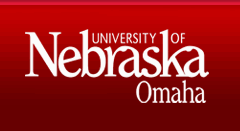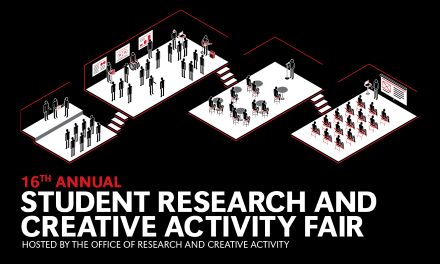Testing Promising Drug-like Compounds Against Rare but Fatal Parasitic Amoeba, Naegleria
Presenter Type
UNO Undergraduate Student
Major/Field of Study
Biology
Other
Molecular & Biomedical Biology
Advisor Information
Dr.
Location
CEC RM #116
Presentation Type
Oral Presentation
Start Date
22-3-2024 9:00 AM
End Date
22-3-2024 10:15 AM
Abstract
Naegleria fowleri is a parasitic amoeba that resides in warm freshwater and causes meningoencephalitis in humans. While infection is rare, the mortality rate is 97% as the current recommended treatment regimens are unreliable and have proven ineffective. There have even been fatalities in Nebraska and Iowa in recent years. Our aim is to find novel compounds or repurposed drugs with promise to be effective in treating the amoeba. While in vitro studies can help to identify potential lead compounds, little work has been done further – such as in animal models - thus impeding the progress of promising compounds. Here we will present several promising compounds with potency in vitro and discuss the path towards clinical development and approval.
Testing Promising Drug-like Compounds Against Rare but Fatal Parasitic Amoeba, Naegleria
CEC RM #116
Naegleria fowleri is a parasitic amoeba that resides in warm freshwater and causes meningoencephalitis in humans. While infection is rare, the mortality rate is 97% as the current recommended treatment regimens are unreliable and have proven ineffective. There have even been fatalities in Nebraska and Iowa in recent years. Our aim is to find novel compounds or repurposed drugs with promise to be effective in treating the amoeba. While in vitro studies can help to identify potential lead compounds, little work has been done further – such as in animal models - thus impeding the progress of promising compounds. Here we will present several promising compounds with potency in vitro and discuss the path towards clinical development and approval.

